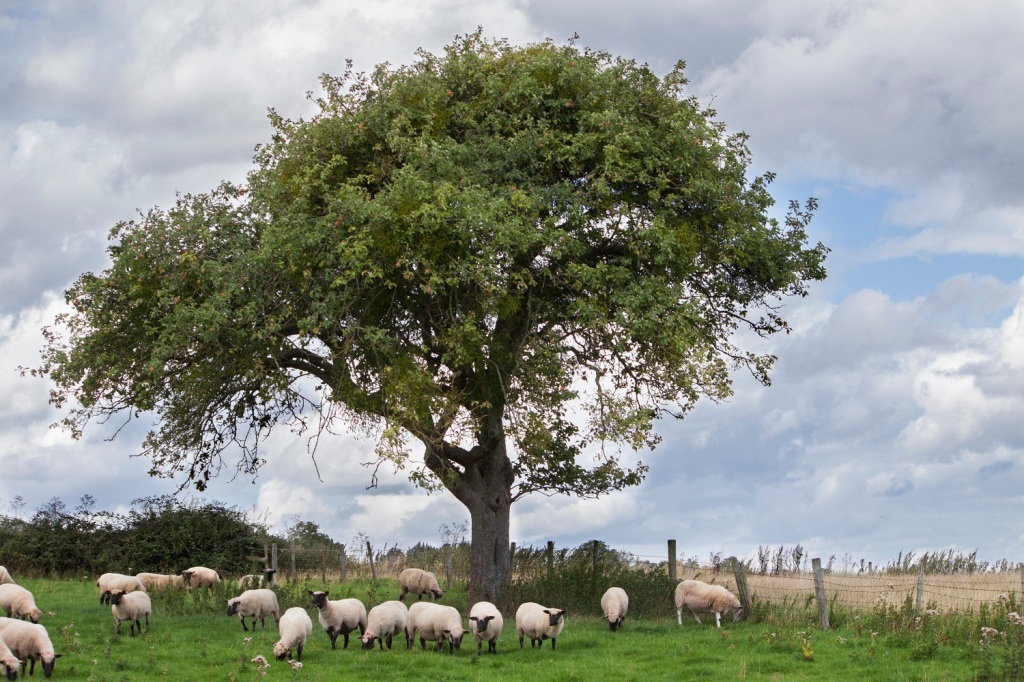Nut tree production in agroforestry systems is gaining popularity among rural living enthusiasts and homesteaders. Agroforestry, the practice of integrating trees and crops on the same piece of land, offers a sustainable solution for food production while preserving the environment. Nut trees, such as walnuts, chestnuts, almonds, and hazelnuts, are particularly well-suited for this system due to their ability to thrive in diverse growing conditions.
One of the key advantages of incorporating nut trees into agroforestry systems is their long lifespan. Unlike annual crops that need to be replanted every season, nut trees can provide a steady source of nuts for several decades. This longevity not only reduces the labor required for replanting but also ensures a consistent harvest year after year.
Additionally, nut trees play a crucial role in enhancing soil fertility. Their deep root systems penetrate compacted soils and break them up, improving drainage and soil structure. The falling leaves from these trees act as natural mulch, enriching the soil with organic matter as they decompose. Furthermore, some nut tree species have nitrogen-fixing capabilities that increase soil fertility by converting atmospheric nitrogen into a usable form for plants.
Agroforestry systems with nut trees also contribute to biodiversity conservation. By providing habitat and food sources for various wildlife species throughout the year, these systems create ecological corridors that support local flora and fauna populations. Additionally, nut tree plantations attract pollinators such as bees and butterflies which aid in cross-pollination between different plant species within the system.
When selecting nut tree varieties for an agroforestry system, it is important to consider climate suitability and regional adaptability. Different types of nuts require specific environmental conditions to thrive optimally; therefore planting native or locally adapted varieties is essential for success. Consulting experts or local agricultural extension offices can provide valuable guidance on suitable cultivars based on your location.
Proper spacing between individual trees is crucial to maximize their growth potential and ensure efficient use of resources. The exact spacing will depend on the specific nut tree species and its growth habits, but generally, allowing enough space for branches to spread out without overcrowding is important. This allows sunlight to reach all parts of the tree, promoting photosynthesis and healthy nut production.
In terms of maintenance, regular pruning is necessary to shape the trees, improve airflow, and remove dead or diseased branches. Pruning also helps regulate crop load by controlling excessive fruiting that can lead to smaller nuts. Nut trees should be irrigated adequately during dry periods and protected from pests using organic methods whenever possible.
Finally, harvesting times vary depending on the nut tree species. For instance, walnuts are typically harvested in late summer or early fall when their outer husks start splitting open naturally. Hazelnuts are ready for harvest in late summer when they turn brown and easily separate from their husks. Chestnuts reach maturity in autumn when they fall naturally from the tree.
In conclusion, integrating nut trees into agroforestry systems offers numerous benefits including long-term productivity, enhanced soil fertility, biodiversity conservation, and sustainable food production. By carefully selecting appropriate varieties for your region and providing adequate care throughout their lifespan, these resilient trees can provide a rich source of nutritious nuts while contributing positively to the environment around them.


Leave a comment